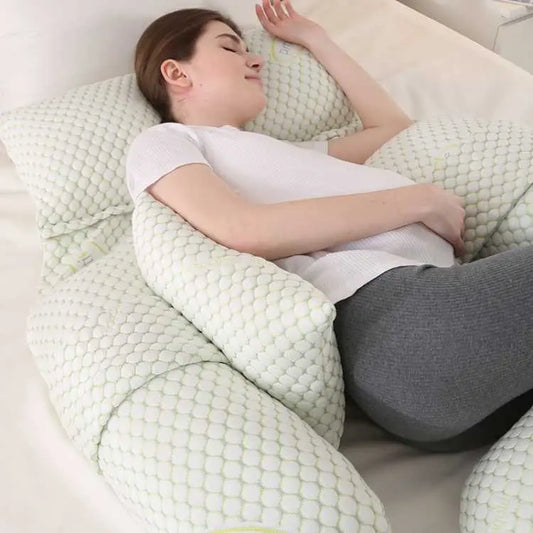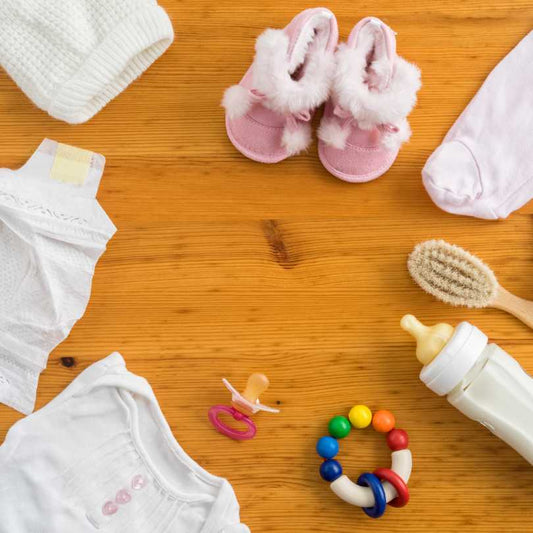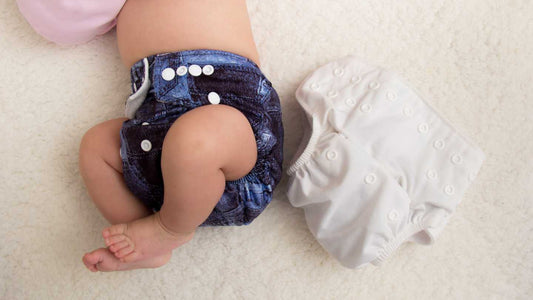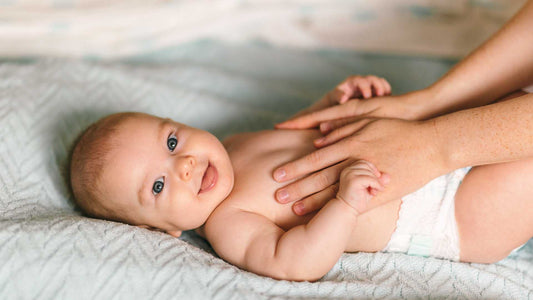
Before your baby arrived, you probably spent many hours searching for the perfect stroller. You read the best reviews, checked out the convertibility, and scrutinized the functionality. After trying out a few, you finally found the right one and now use it for outings. But you're wondering if it's time to switch from the carrycot to the stroller.
A baby's first year flies by, and suddenly they're crawling and taking their first steps. But how do you know when the right time is to make the transition?
There's no set age or date that applies to all babies. Before you make the switch, consider the stroller's instructions and your baby's development. This can be a bit confusing, but don't worry, we're about to clear things up.
The stroller
Each stroller has its own instructions and recommended age restrictions. However, it's important to note that these instructions are guidelines only, not hard and fast rules. If the instructions state that the stroller can be used from six months, but your baby isn't yet able to hold their head up independently, don't consider age a deciding factor.
Likewise, if the instructions state that the change is possible from 5 or 7 kilos, but your child has reached this weight, is not yet 6 months old and his development indicates that he is not yet ready for the stroller.
In summary, the stroller instructions are only a recommendation and you should consider the baby's development and the stroller instructions together to find the right time to switch.
Your baby's development
Your baby's development is the most important factor when transitioning from a carrycot to a stroller. Every baby is different and reaches developmental milestones at different times. Some babies begin lifting their heads and moving around as early as 5 months, while others remain relaxed and wait until beyond 7 months. There are some signs that will let you know it's time to transition from a carrycot to a stroller:
- Your baby holds his head without help
- Your baby is curious and tries to look through the baby carrier
- The baby carrier is too small
- Your baby sits up without help
- Your baby seems uncomfortable in the baby carrier and prefers to be carried
Choosing the right time to make the transition is important to ensure your baby's health and safety. If your baby isn't yet fully developed and you make the transition too early, poor posture and spinal problems can occur. Correct posture is especially important if your child will be spending extended periods in the stroller. If your child isn't yet able to sit up independently and is left in this position, they may feel uncomfortable and develop problems in the future.
Ultimately, only you can determine the ideal time to transition your baby from the carrycot to the stroller. You should pay attention to your baby's development and follow your instincts. It's an exciting time for your baby, as they will now be exploring the world from a new perspective.




